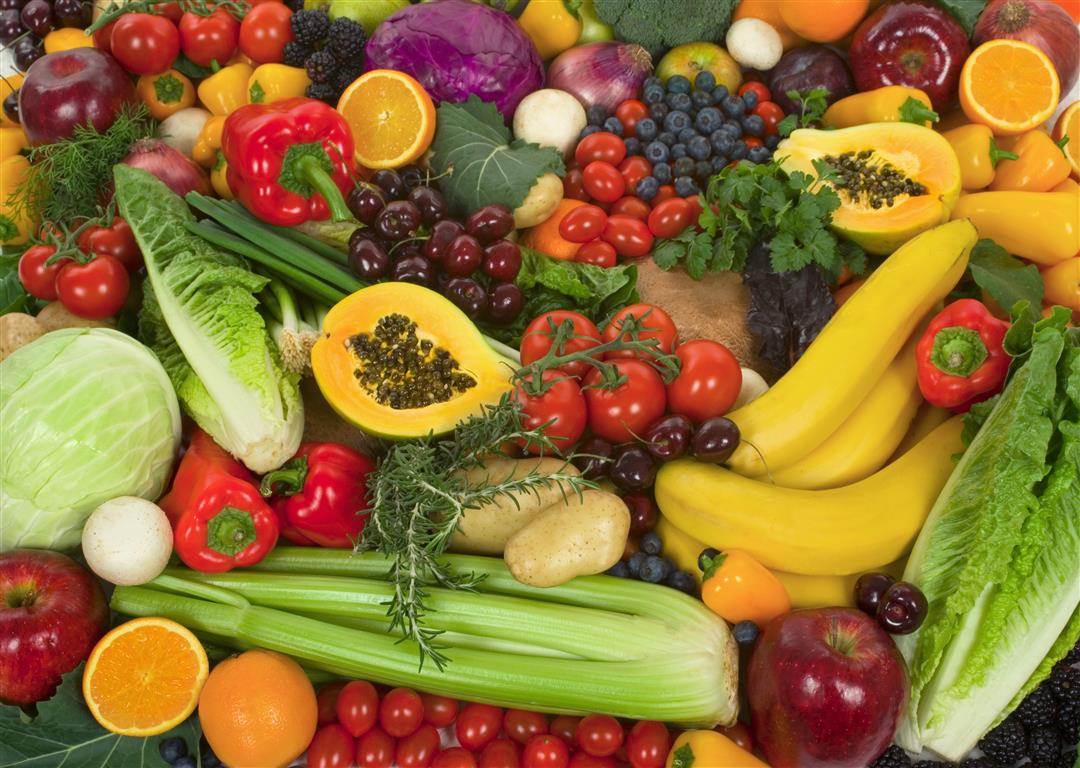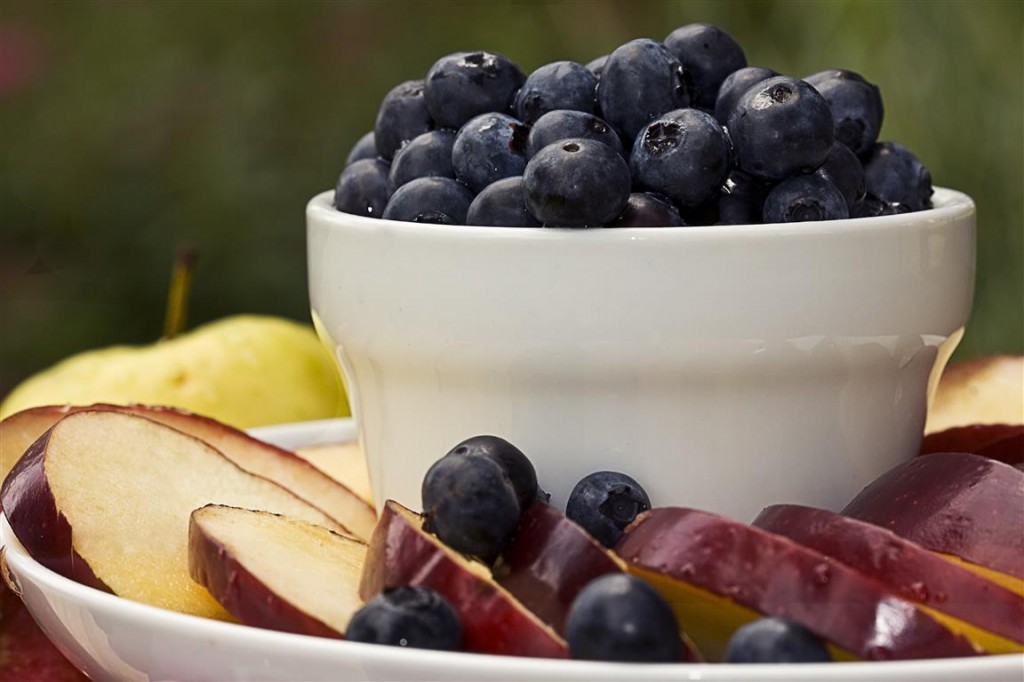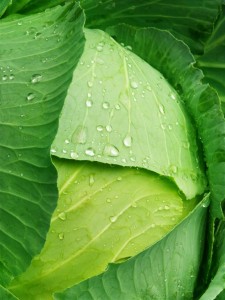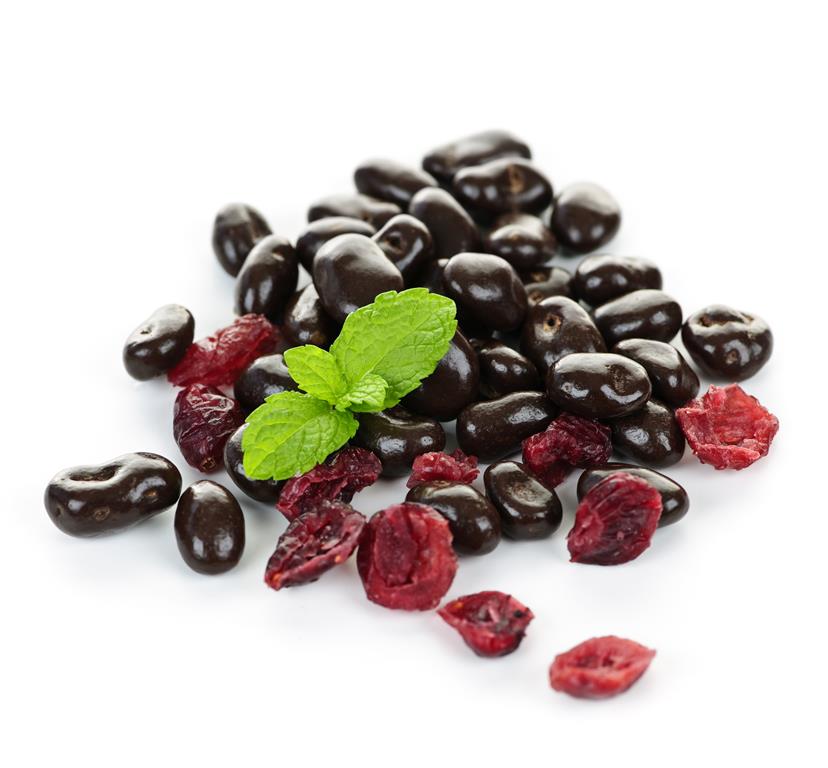11 Powerful Cancer Fighting Foods
February 4, 2014



 Blog
Blog

There has been a lot of talk in recent years about anti-cancer super foods, a.k.a.Cancer Fighting Foods, and the first question that comes to almost everyone’s mind is: Is it all just hype, or is there really something to it?
Not only is there really something to it, but we’ve collected a broad cross section of foods with documented cancer fighting qualities, and present them here for you to enjoy. You’ll find something here for everyone, and we’ve tried hard not to focus exclusively on just one area because everyone’s tastes are different, so our list is a mix of fruits, veggies, meats, beverages, and even dessert!
Fruit
 Apples
Apples
It seems that an apple a day really does keep the doctor away! No less than three different studies1,2,3have shown that apples have cancer fighting properties as-is, with no special preparation needed, including a Finnish study involving more than 10,000 men and women, which demonstrated a significantly lowered risk of lung cancer for participants who ate at least one apple, every day. Similar results were seen in a long running Nurse’s Health Study involving more than 77,000 women. Similarly, a study conducted in Hawaii found a significant decrease in lung cancer risk with increased consumption of both onions and apples.
Why? Apples are rich in a flavonoid called quercetin, which is known to have cancer fighting properties, and has been shown to significantly reduce the risk of colorectal cancers, in addition to cancers of the oral cavity, larynx, breast, ovaries, and lungs. German scientists regularly recommend apples as part of a chemo-preventative diet.
Blueberries
Interestingly, a lot of the cancer fighting properties of blueberries are found on the outer skin of the berries. The same compounds that give them their striking and distinctive color (called proanthocyanidin pigments), also contain their cancer fighting powers! Blueberries are a cut above the rest of the berry family, providing among the highest antioxidant capacity.
In a study by Buchner et al4., it was found that regular blueberry consumption reduced the risk of lung cancer. Additional, animal based studies have revealed that blueberry-fed mice saw reduced size and a slowdown of proliferation of various cancer cell lines, including prostate, breast, colon, and oral cancers).
Vegetables
Cabbage
Cabbages (and all of its relatives in that family of vegetables) have long demonstrated cancer-fighting properties. Most recently, a study5that ran more than a decade in Norway (and that was conducted using more than 15,000 participants, all told), saw a whopping 40% risk reduction for lung and gastric cancers, and there are many in European medical circles who recommend cabbage as part of a chemo-preventative diet.

Other studies have shown that consumption of cabbage is effective in the prevention of breast, lung, and liver cancer cells in vitro6. When administered as a drug to mice that have been infected with human breast cancer cells, the chemical compounds found in cabbage (including benzyl isothiocyansate (BITC)) have been demonstrated to reduce the size of tumors.
Preparation wise, there is little you have to do. You could eat it raw (the act of chewing the cabbage released its cancer fighting chemicals). If you boil or steam, just be sure not to drain the liquid, or you will lose some of the properties that make it a good cancer fighter!
Onions
Red and yellow onions both contain a high concentration of the flavonoid called quercetin, which is also present in apples. Note here that white onions are not a good cancer fighter, as they contain only trace amounts of quercetin.
Recent studies in both Switzerland7and Italy8have concluded essentially the same thing. That a moderate (1-7 servings) to high (7+ servings) consumption of onions each week led to reduced risk of colorectal, esophageal, ovarian, and prostate cancers. Of these, the most risk reduction was seen in ovarian cancer (73% risk reduction), and esophageal cancer (88% risk reduction) for those who consumed more than seven servings each week, as compared with study participants who consumed less than a single serving each week.
Additionally, an independent Dutch study9found that consumption of half an onion per day saw a 50% risk reduction in gastric cancer.
Preparation wise, there’s nothing special to do here. You can either eat them raw (say, in a salad, for example), or saute in soy (which also has known cancer fighting qualities) or olive oil with garlic.
Collard Greens
Collard Greens are part of a family of vegetables known as cruciferous vegetables,’ which also includes mustard greens and kale, and all of these have long known and relatively well understood cancer fighting properties.
Cruciferous vegetables contain a chemical called sulforaphane’, which has been proven to be a cancer inhibitor, and studies have found it to be effective against cancers of the breast, lung, colorectal, and non-Hodgkin’s lymphoma (NHL). In multiple studies10using animal subjects injected with human cancer cells, cabbage consumption has seen both a reduction in risk factors for cancer, and reductions in the size and spread of tumors.
Preparation wise, raw is best, and if you steam or boil, then be sure to retain as much of the liquid as you can, or you will find a marked reduction in the effectiveness of their cancer fighting properties.
Seafood/Meat

Shrimp
Shrimp are an excellent source of omega-3 fatty acids, which are vital for normal metabolism but unable to be synthesized by the human body. Multiple studies have shown that omega-3 fatty acids are cancer preventative, including, among other things, their ability to suppress a variety of tumors and to help prevent bone metastases from breast cancer.
Eating shrimp regularly is also associated with a decreased risk for ever developing some cancers, including breast, prostate, colon, and pancreatic. In a case study of 532 people diagnosed with pancreatic adenocarcinoma, consumption of a minimum of 0.85g/day of omega-3 fatty acid was associated with a decreased risk of pancreatic cancer11; those with the highest intake had a 30% risk reduction. A meta-analysis of fish intake and prostate cancer showed a significant 63% reduction in prostate cancer mortality.
Turkey (Dark Meat)
Dark meat from a turkey (specifically the leg and thigh muscles) contains a high concentration of a compound called ‘menatrenone.’ You find the highest concentrations of this compound in poultry, lesser amounts in beef, and trace amounts in fish.
In laboratory studies, menaquinones have been found to stop the spread and proliferation of cancer cells. The European Prospective Investigation into Cancer and Nutrition (EPIC) Study12, which involved nearly 25,000 participants over a ten year period, found that the highest quartile of dietary vitamin K2 (found in abundance in the dark meat of turkey) intake from meat and dairy products reduced risk of prostate cancer by 35%, lung cancer by 62% in men, and the risk of liver cancer was decreased by 80%.
Drinks

Red Wine
All the buzz about the cancer fighting properties13of red wine centers around an antioxidant called resveratrol. This substance is present in grapes and grape juice (both of which have some benefits, if you’re not a wine drinker), but sees its highest concentration in red wine. Recently, a University of Nebraska study published in Cancer Prevention Research demonstrated that resveratrol suppresses the abnormal cell growth that leads to most types of breast cancer. Previously, research conducted at the University of Alabama at Birmingham showed that mice fed a diet enriched with resveratrol had an 87 percent reduction in their risk of developing prostate tumors of the most dangerous kind.
Red wine consumption comes with a warning though. Excessive consumption of alcohol has been linked to increase risks of cancer as well, so the recommended solution is one glass of red wine a day, unless you”re at risk for or have breast or esophageal cancer, in which case a resveratrol supplement pill is a better idea.
Soy Milk
Worldwide, studies have shown soy milk to be kind of a wonder drink. For example, in prostate cancer patients, drinking 500 mL of soy a day for 6 months either reduced their levels of prostate-specific antigen (PSA) or prolonged PSA doubling time by more than two times. A Chinese study of more than five thousand breast cancer survivors on a soy-rich diet (greater than 15.5 grams a day) remained in remission longer, and saw reduced cancer mortality rates14. A separate study15of over 73,000 women, showed that daily intake of soy products such as soy milk, tofu, and fresh soybeans decreased premenopausal breast cancer risk.
Early soy intake (>1.5 times per week) during childhood was found to reduce later breast cancer risk by 58% in a study of Asian women in California and Hawaii. Similarly, Japanese men in Hawaii who consume a high soy diet had low mortality from prostate cancer, and its effects on colorectal cancers have also been studied.
Dessert

Yes, even some desserts can be cancer fighting foods!
Chocolate
Chocolate, and its cancer fighting properties are nearly as well known as those of red wine, and again, there have been a variety of studies that have shown powerful and compelling results. In one16, for instance, participants consuming 40g/day of cocoa powder in milk were found to have fewer adhesion molecules, which make it possible for tumor cells to bind themselves to the body in the first place.
The Kuna Indians living on an island off Panama drink more than 5 cups of cacao each day and compared to mainlanders, are fully six times less likely to have gastric and prostate cancer. In the Leisure World Study17, test subjects who regularly ate chocolate saw their mortality rate drop by an impressive 6%.
Note here that the darker the chocolate, the more beneficial to you, although there is no special preparation needed where it is concerned. Either unwrap or eat if in solid form, or mix with milk (soy milk, see above!), and enjoy!
Cranberries
Not only are cranberries delicious and used in a variety of desserts, but, you guessed it, they are also cancer fighting machines! This is because cranberries contain powerful antioxidants that have been proven to inhibit tumor growth in prostate cancer patients18.
There are many, many other foods with proven cancer fighting qualities. This list was not meant to be an exhaustive survey, but merely to scratch the surface and hopefully, by offering a wide variety of choices ranging from fruits and vegetables to meats and desserts, show you that a cancer-fighting diet doesn’t have to mean subsisting on twigs and berries, far from it! You can eat your way to better health without sacrificing quality or variety.
Here’s to a healthier you!
References
- http://annonc.oxfordjournals.org/content/23/6/1394
- http://www.dkfz.de/en/tox/download/gerh/Zessner_et_al._MNF_2008.pdf
- http://www.dailymail.co.uk/health/article-36536/Apples-fight-heart-disease-cancer-strokes.html
- Bchner, F.L., Bueno-de-Mesquita, H.B., Ros, M.M., Overvad, K., Dahm, C.C., Hansen, L. et al. 2010. Variety in fruit and vegetable consumption and the risk of lung cancer in the European Prospective Investigation into Cancer and Nutrition. Cancer Epidemiology, Biomarkers & Prevention 19: 2278
- Verkek R, et al. Mol Nutr Food Res 2009; 53:S219-S265
- Higdon JV et al. Pharmacol Res 2007;55:224-236
- Galeone C, et al. Am J Clin Nutr 2006;84:1027-32
- Slimestad R, et al. J Agric Food Chem 2007;55:10067-10080
- http://onions-usa.org/img/site_specific/uploads/phytochemical_brochure.pdf
- http://www.ncbi.nlm.nih.gov/pubmed/12094621
- http://www.hindawi.com/journals/jo/2012/879623/
- http://epic.iarc.fr/
- http://www.cancer.gov/cancertopics/factsheet/Risk/alcohol
- Korde LA, Wu AH, Fears T, et al. Childhood soy intake and breast cancer risk in Asian American women. Cancer Epidemiol Biomarkers Prev
- Shu XO, Zheng Y, Cai H, et al. Soy food intake and breast cancer survival. JAMA 2009;302(22):2437-2443
- Maskarinec G. Nutr and Cancer 2009;61(5):573-579
- Weisburger JH. Exp Bio Med 2001;226(10):891-897
- Dziel BA, et al. J Cellular Biochem 2010;111:742-754

Leave a Comment